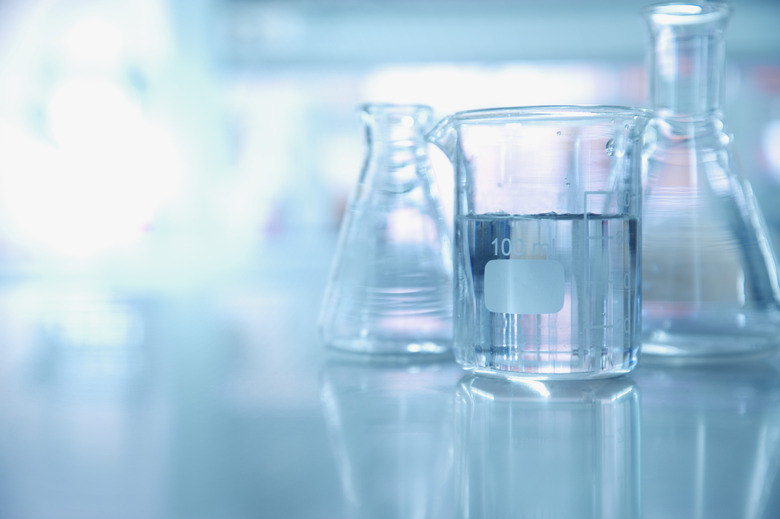What Is A Dehydration Reaction?
A dehydration reaction is a type of condensation reaction. During the process of the combination of two compounds, a water molecule is removed from one of the reactants, forming an unsaturated compound. Another distinct way to tell if a reaction is a dehydration reaction is that one of the products is always water.
What Is a Dehydration Reaction in Biology?
What Is a Dehydration Reaction in Biology?
A chemical reaction between two compounds that produces water is a dehydration reaction. For example, if two reactants are combined where a hydrogen from one reactant binds to a hydroxyl group from the other reactant, it can produce a dimer and a water molecule.
Chemicals commonly used in dehydration reactions include concentrated phosphoric acid, concentrated sulfuric acid, hot aluminum oxide and hot ceramic.
What Are Dehydration Reaction Polymers?
What Are Dehydration Reaction Polymers?
A monometer is a rather small molecule than can form covalent bonds with other molecules to form polymers. Polymers are rather large molecules that consist of a network or chain of many similar or indentical monomers that are bonded together. When this occurs in a dehydration reaction, it is called a dehydration reaction polymer. When many polymers are linked together in biology, they create macromolecules, which are essential to survival and growth of all living organisms. The four major classes are carbohydrates, lipids, proteins and amino acids. Animals get their essential nutrients by eating food, and plants pull their nutrients from the soil that they live in.
What Is the Dehydration Reaction Formula?
What Is the Dehydration Reaction Formula?
The formula for dehydration reactions is:
A → B + H20
A is the reactant that is broken down into the product of B + water.
What Are Some Examples of Dehydration Reactions?
What Are Some Examples of Dehydration Reactions?
A reaction that produces acid anhydride is a dehydration reactions. For example, acetic acid forms acetic anhydride and water by a dehydration reaction. The formula for this is:
2 CH3COOH → (CH3CO)2O + H2O
Many polymers are produced by the dehydration reaction including alcohols converting to ethers plus water and alcohols converting to alkenes plus water.
Cite This Article
MLA
Lougee, Mary. "What Is A Dehydration Reaction?" sciencing.com, https://www.sciencing.com/what-is-a-dehydration-reaction-13712138/. 21 May 2018.
APA
Lougee, Mary. (2018, May 21). What Is A Dehydration Reaction?. sciencing.com. Retrieved from https://www.sciencing.com/what-is-a-dehydration-reaction-13712138/
Chicago
Lougee, Mary. What Is A Dehydration Reaction? last modified August 30, 2022. https://www.sciencing.com/what-is-a-dehydration-reaction-13712138/
